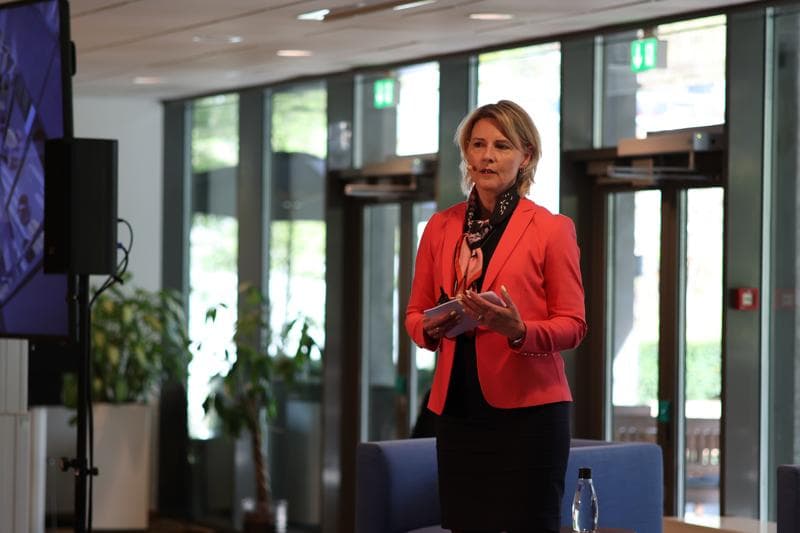A trust-based approach is key as research for our Evolving Workplaces: Find your space to thrive report finds that in half of survey responses, employees cite a lack of flexibility and their organisation's hybrid policy as causes of dissatisfaction.
“We empower our people to make decisions with their leaders and teams, determining where to work, when to work, and how to work,” says Claus Christensen, Head of Workplace Experience and Advanced Analytics at EY Nordics, as he describes the firm’s approach to flexible working.
This isn’t a rigid policy - it’s a mindset. One rooted in Nordic values of autonomy and mutual respect."
Leadership mentality; the enabler of greater productivity and customer relationships
With trust providing the base for the business, EY wants every employee to adopt a mentality of leadership.
“We all have a role to play, and we want all our people to adopt a leadership mindset. We should all have an ambition to act as role models,” he says.
Teams with open communication and empowering leaders aren’t just happier—they’re more productive and customer-focused.
“They are more productive, they have more time with customers, and they thrive better individually in terms of health and well-being.”
Analytics and workplace experience
EY actively uses analytics to enhance workplace experience. It evaluates both employee feedback and operational data to understand behaviours and their impact on performance and well-being.
By analysing this data, EY uncovered a powerful truth: connection matters. Lunches, coffee breaks, casual chats - these moments drive inclusion, retention and a sense of belonging.
While there are a range of services that organisations can provide to motivate employees in, Claus added during a panel discussion at our launch event for the Evolving Workplaces report that it is not only the amenities that encourages people back, but the social and emotional connection built from those.
"It's moving beyond services and commodities to create experiences. The strongest driver is not the coffee itself - it's the act of sharing it with a colleague. That's why people come in," he said at the event.
By analysing the correlations between social interaction and positive outcomes, EY can design targeted interventions to improve employee engagement.




